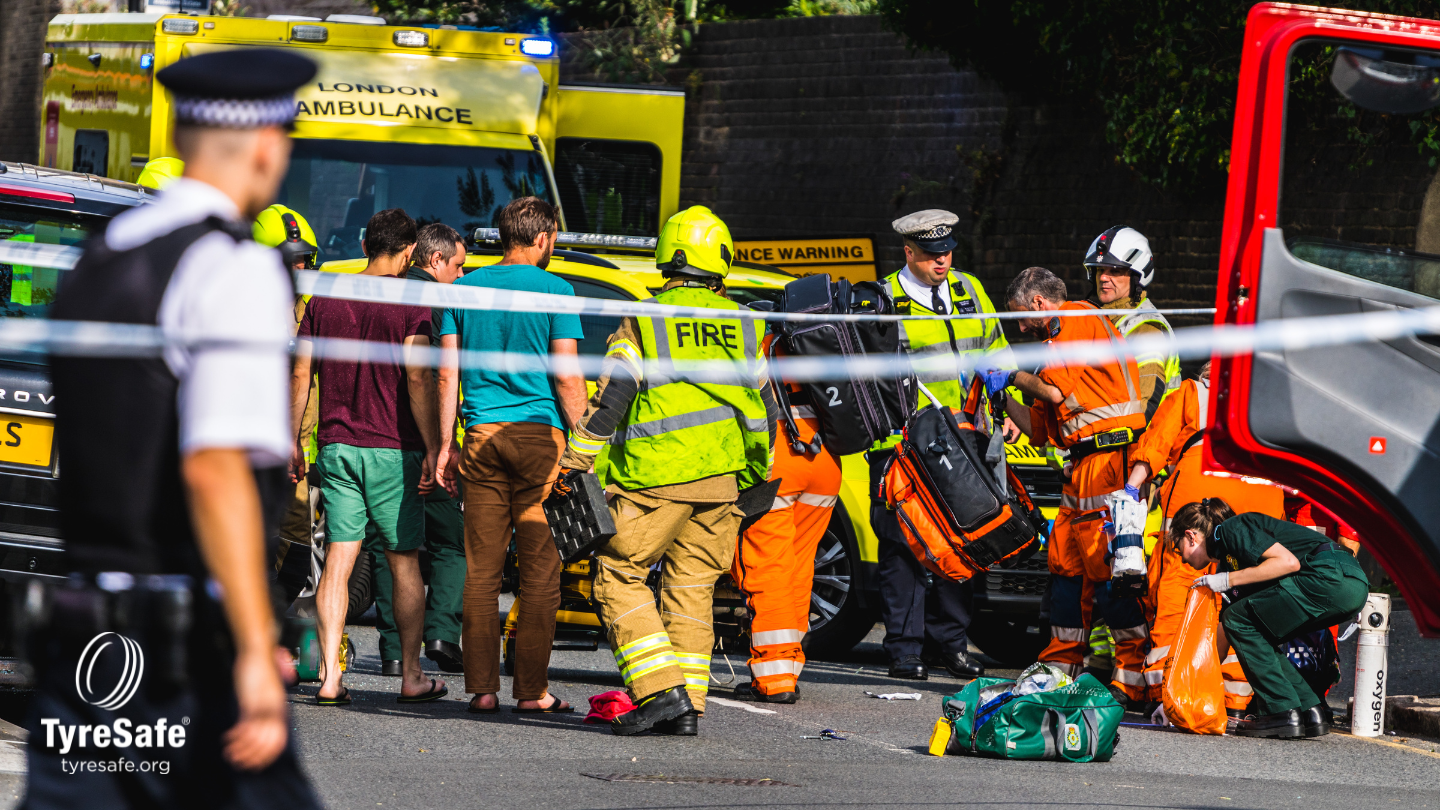With many motorists looking to reduce their vehicle maintenance costs, some have been tempted to economise by selecting tyres which do not incorporate the added technology and features found in run-flat tyres. By choosing these standard tyres, drivers risk significantly changing the handling characteristics of the vehicle which could increase their chances of being involved in an accident.
Whilst a deflated run flat tyre is designed to cope with the demands of a solo vehicle, the additional mass of a caravan/trailer subjects the tyre to higher stress levels and impacts on the tyre’s in-built torsional and lateral stability. The consequence of this is that even travelling at a restricted speed of 80 kph (50 mph), the additional flexibility of the deflated run flat tyres may negatively affect the stability of the car/caravan combination.
Run flat tyres must only be fitted to a car that has been designed to accept this technically advanced tyre and has a pressure monitoring system that provides the driver with an audible or visual warning of a deflating tyre.
Distance and Speed
SST tyres are designed to provide a run-flat capability following deflation. The range when running flat is dependent on the conditions of use, vehicle load, speeds and driving conditions. Each manufacturer of SST tyres may well have a slightly different recommendation related to speed and distance travelled in a deflated condition.
However, whilst a universal standard is yet to be defined, the industry feeling is that this is likely to be 80 km (50 miles) distance at speeds of up 80 kph (50mph) for cars in normal use.
Repairing Run Flat Tyres
Run-flat tyres (also known as self-supporting tyres or SSTs) have specially reinforced sidewalls enabling them to perform whilst deflated for a limited distance and speed as already mentioned. In the course of running in a deflated or significantly under inflated condition, the tyre structure is subjected to high stresses and therefore may become weakened and permanently damaged rendering the tyre both unsuitable and unsafe to repair.
When a standard tyre is run in a deflated condition there are visible signs which indicate that damage to the tyre’s structure has occurred. Because of the reinforced sidewall structure of a run-flat tyre these tell-tale signs are likely to be masked and not visible even if they are present. Even a fully qualified tyre repairer may not be able to detect run flat damage to a tyre.
When running in a totally deflated or significantly under-inflated condition the tyre’s internal structure is subjected to high stresses and hence may become weakened and permanently damaged, rendering the tyre unsuitable for repair. Unlike standard tyres, damage symptoms may not be visible with SSTs. As each tyre manufacturer may use different technical solutions to provide run flat capability, the view on repairing of SSTs varies across the industry.
Hence, reference should be made to tyre specialists or to the relevant tyre manufacturer for repair guidelines and to the vehicle owner’s handbook regarding the use of repaired tyres on the vehicle.
For these reasons alone and in the interests of safety TyreSafe does not recommend repairs to a run flat tyre. The advice from individual manufacturers of run flat tyres may differ, however, and motorists are advised to check with the tyre company for any different advice.
Retreading of Run Flat Tyres
The responsibility for retreading any tyre lies with the retreading company not the tyre manufacturer. To date there is very limited experience of retreading this new type of tyre but in principle there is no reason why a sound run flat tyre may not be retreaded. Given the unique structure of the run flat tyre, as already mentioned, they should not be mixed with traditional tyres and so to avoid this risk a retreaded run flat tyre must be marked and identified by the retreader as a run flat tyre.


